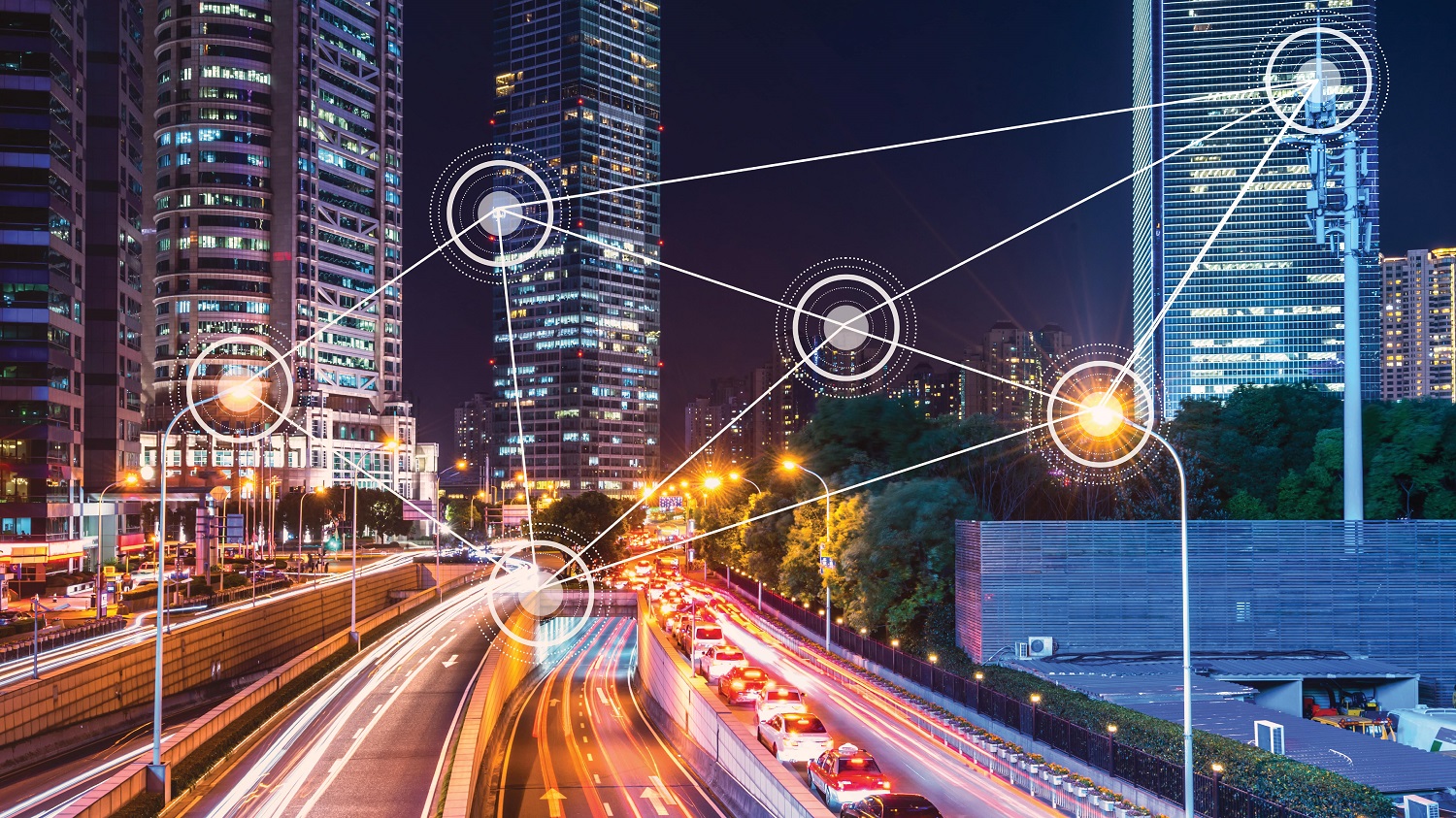At the heart of this transformation is the integration of smart meters, which play a pivotal role in enabling and enhancing demand response mechanisms. The European Union is running a heated discussion on standards that are expected to bring a structured approach to this evolving field. EUDSO Entity and ENTSO-E have already created a Proposal for a Network Code on Demand Response.
What is demand response?
Demand response is a dynamic approach to managing electricity consumption in real-time. It is driven by the need to balance the supply-demand equation within the grid. At its core, demand response involves modifying energy consumption patterns in response to external signals, such as price fluctuations or grid conditions. The latter is indeed becoming an issue and DSOs are under increasing pressure to keep the power grid stable and balanced while ensuring adequate supply to its users. Adaptability is instrumental in achieving grid flexibility and is a crucial aspect of modern grid management.
What is grid flexibility?
Grid flexibility refers to the grid’s ability to promptly adjust to changing conditions, ensuring a stable and reliable supply of electricity. Demand response acts as a cornerstone in achieving grid flexibility by unlocking the modulation of electricity consumption in real-time. When demand exceeds supply or grid stability is at risk, demand response mechanisms kick in, enabling a swift reduction in overall demand. This flexibility is vital in accommodating the intermittent nature of renewable energy sources and addressing unforeseen challenges that could otherwise strain the grid. Indeed, in the past, during the era of large, centralized electricity generators, such challenges were less prevalent, thanks to the significant inertia momentum maintained by those energy plants. We are now witnessing a new phenomenon emerging with the introduction of non-stable energy generation, such as wind or solar power.
How does the smart meter fit into this?
Smart meters are advanced devices that record energy consumption in real-time and communicate this data to consumers, utility companies and other stakeholders of energy marketplace e.g. aggregators and retailers. These meters form the foundation of demand response by providing accurate, timely information about electricity usage. The connection between smart meters and demand response is twofold: first, smart meters enable granular data collection, and second, they facilitate communication between end-users and the central applications managing the grid. We can say that they represent an important part of the grid’s backbone for demand response.
Types of demand response
Demand response comes in various forms, adapting to the diverse needs of both consumers and the grid. The most common categories include price-based, incentive-based, and reliability-based response. Price-based demand response refers to consumers adjusting their electricity consumption in response to pricing signals. Incentive-based models reward users for reducing demand during peak periods. Reliability-based demand response focuses on ensuring grid stability during emergencies or unforeseen events. In fact, this type of demand response will become vital for day-to-day low voltage grid operation.
Demand response needs data
Smart meters act as a large data generator and exchange in demand response scenarios. The real-time information they gather is transmitted to central applications that analyze and manage grid dynamics. This data flow empowers utilities to make informed decisions, optimizing grid performance and enhancing overall efficiency. In a way, smart meters are the ‘eyes’ of utilities, especially in the low voltage part of the networks. As it is, the majority of dynamics and anomalies happen in this part of the electricity grid.
New market roles with demand response
The rise of demand response is introducing novel market roles. Aggregators, responsible for bundling and selling demand response capacity, are emerging as key players. Additionally, demand response service providers are bridging the gap between consumers and the grid, facilitating seamless participation in demand response programs.
Industrial and residential demand response
Demand response strategies differ between industrial and residential. Industrial demand response often involves curtailing or shifting production during peak demand periods. In contrast, residential demand response focuses on adjusting individual energy consumption, such as modifying thermostat settings or delaying non-essential appliance use. Iskraemeco must have a high ambition to further develop RSM (residential smart metering) and C&I+G (small commercial, industrial and grid metering) segment in this direction.
Edge computing
Edge computing, which can also be implemented in smart meters, assists with addressing challenges at the local grid level. These modules create the environment and processing power for applications such as local flexibility management, real-time grid monitoring, power quality grid analysis and anomaly detection. Edge computing can also be used in seemingly non-related applications such as the street lightning management application. These edge applications are particularly crucial at low voltage grid levels as they empower utilities to respond swiftly to grid irregularities, ensuring stability and reliability solving the problem deep into the low voltage grid where problem occurred without the unnecessary loading the central network control. As infrastructure becomes more and more complex, more data is generated, and this data needs to be processed at its origin because there is no way that it could all be transferred, digested and processed by central systems and applications.
Redefining the business model
In conclusion, demand response, fueled by the capabilities of smart meters, stands as a linchpin in the evolution of the electricity grid. With diverse strategies catering to different needs, demand response not only optimizes energy consumption but also introduces new market dynamics. The integration of edge computing modules into smart meters further fortifies the grid, ensuring adaptability in the face of evolving energy challenges. We just need to bear in mind that the meter itself will not be enough and that revenue generation is shifting towards energy applications. As we chart the course for the future of our company, the centrality of smart meter data cannot be overstated. Our imperative now is a laser-focused commitment to advancing sophisticated models specific to smart meter data and crafting purpose-built applications for market stakeholders. The synergy between cutting-edge smart meter and tailored applications must serve us as the catalyst for unleashing the unbridled potential of new energy era.





